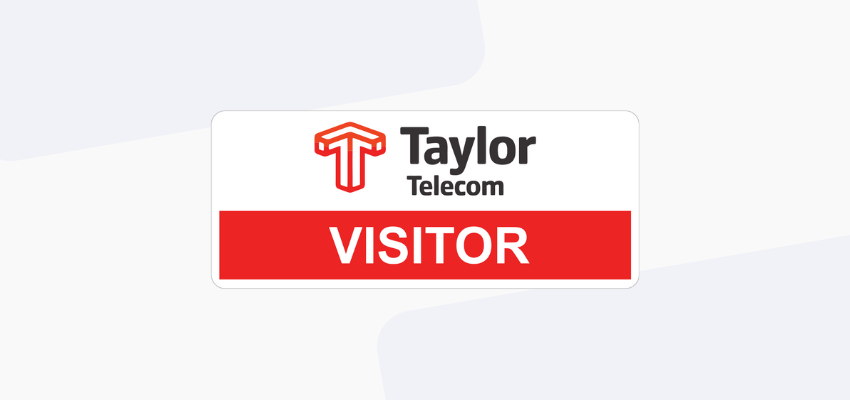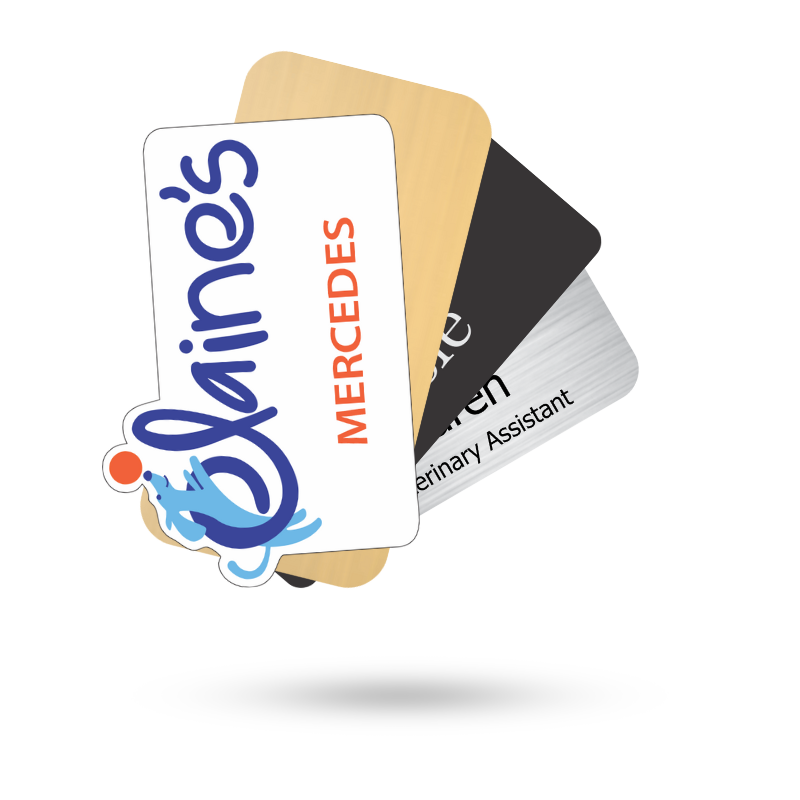Event Safety Tips: 5 Ways to Minimize Risks and Improve Event Security
Name Badges and Event Security

An emerging topic among event organizers is event security. It’s important to know what types of situations pose the greatest risks for your attendees. The goal is to ensure attendees have a safe experience. One situation that has gone wrong can taint the experience. Minimizing risk and keeping attendees safe means increasing security, promoting safety, and driving participation at an event that is secure for all. Here are a few tips to help you ensure your event is safe.
5 Event Security Tips and Best Practices
1. Partner with a professional security company that can evaluate and meet your event’s safety needs.
Hiring event security services helps provide peace of mind, especially if you are hosting a large conference, expo, or networking event. Choose a security company that can ensure the safety of your attendees. Generally, you’ll need one security personnel for every 100 guests.
You’ll also need to think about the type of event you are hosting. There are different types of events, and they can have very different security needs. For example, sports games and music festivals may have thousands in attendance. This can require more security. Small business events with 50 attendees will need far less security.
2. Use name badges to improve security.
You’ll want to issue attendees name badges. They are crucial to ensuring the credentialing of the event. Remember that event name tags are not just for attendees, exhibitors, security staff, and vendors need them too. Anyone who enters your event should wear name badges. Uninvited individuals often use the excuse that they left their name tag in their car or hotel room.
3. Evaluate event risks to be prepared for any situation.
An event organizer wears many hats and has many roles. However, keeping attendees safe is probably their most important responsibilities. Identify potential hazards by conducting an event risk assessment. Each risk should have its own probability. Analyze what could happen should each event occur. Consider creating a system to assess threat levels and possible hazards. Then, prioritize risks and hazards when creating your security plan.
4. Create security checkpoints at access points.
Preventing unauthorized access to an event is the easiest way to protect both people and property. Begin by setting up your registration in the lobby or main doorway of the venue. This way, when someone who is not invited tries to enter, they can be stopped before reaching the crowd.
A security team can handle numerous other tasks like checking guest ID badges, escorting keynote speakers, VIPs, and corporate executives to the proper areas. They can also keep emergency exits clear while watching for suspicious activities.
Determine a clear path for managing the flow of guests. Signage can be used to direct attendees to specific areas such as registration. This allows your guests to navigate the venue while also allowing security to easily see if someone seems lost or out of place.
5. Provide safety and security training for event staff.
There are four components that are part of any safety and security planning processes: Research, Implementation, Training, and Practice. Event planners should empower their team by training them on how to handle unanticipated situations. This allows event staff to serve as an extension of a surveillance team, while they are interacting directly with attendees.
Safety and security training should be conducted before each event. Staff should review procedures regularly. Make sure to keep good records of your training. Consider having an event handbook that includes the skills and training materials pertaining to basic security principles and procedures such as access control, attendee screening, situational awareness, CPR and AED training, and more as needed.
Secure Your Event with Attendee Name Badges
With the Pandemic inching further and further behind us, people are once again enjoying and benefiting from attending events. Attendees also want to know that the event is safe and secure. Meeting planners and venue managers can team up with one another to ensure the security, safety, and health of each guest no matter what type of event. Start with event name badges that clearly signify who is supposed to be in the event area and who is not. Ask us about additional safety features such as barcodes or photo ID badges for larger venues.
Share Article
Categories







